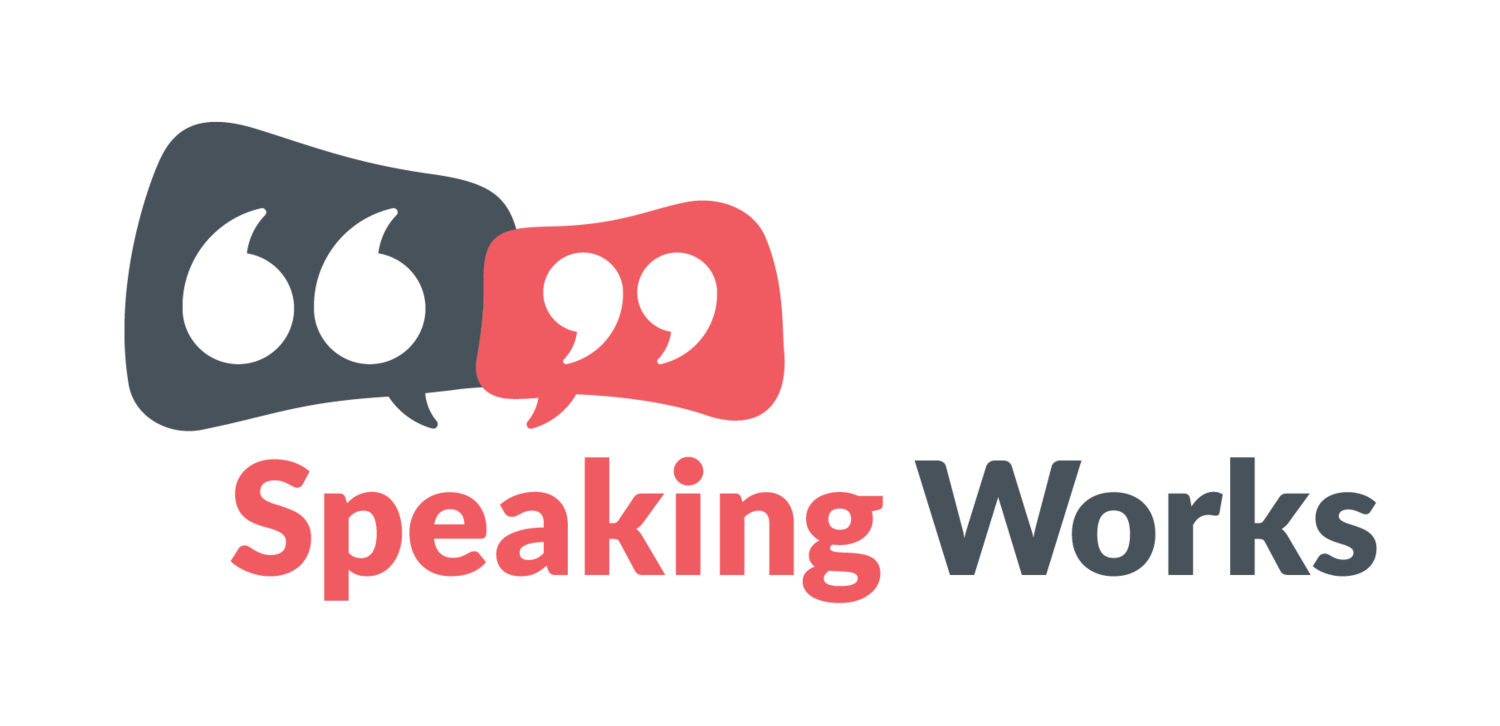Top Tips for Speaking Online
I recently wrote an article for the Brighton Chamber’s column in the Brighton & Hove Independent so I thought I would share it with you here too (with a few extra points):
We often forget that our ability to communicate effectively is often more important than what we are saying. Research from the Carnegie Institute of Technology revealed that a whopping 85% of financial success comes from the way you communicate and your personality, leaving a meagre 15% to technical knowledge.
Clients I work with often fall into three categories of speaker: those that undervalue themselves and are lacking in self-confidence; those that have self-awareness when speaking and try to be more engaging and those that are very confident and presume (wrongly) that people always listen when they speak.
I try to pull everyone into the second category, to give them confidence and help them gain awareness of their habits to apply new techniques. If you work with the mind, body and voice, you can change your communication style. We cannot ignore the fact that in this unprecedented virtual environment there is an even greater need to be heard in absence of the presence and body language gained from being in the same room.
Here are my top 7 tips to help you communicate better online:
Check your environment: Your set up makes a difference, make yourself visible and clear a space behind you. Use books and folders to prop up your computer to eye level or just above, in films, if a character needs to look authoritative they are often filmed slightly from above. Light yourself from the front, not back, you don’t want to look like a ghost! You can also consider your positioning: try to fill the screen so that you aren’t a tiny dot in the corner.
Being still vs being animated: We have animal instincts and are drawn to flickers of movement so when on a call with multiple participants try to be fairly still so that the focus is drawn to the speaker, not you. When you are speaking try to remember you are allowed to use your upper body! Have an open body to put your audience at ease (we mirror each other) and add some gesticulation to gain attention too.
Be loud, be clear: The biggest issue with not being heard online is that we are speaking to our computer as opposed to making sure we speak at a volume to fill the room we are in. Most of us are also serial mumblers, we don’t open our mouth enough to make it easy for our audience to hear. Remember, it is your job to be heard, not your audience’s job to listen harder.
Smile to put people at ease: Communication is often misconstrued, even more so online so remember to smile to put people at ease. Also remember that your BRF (bitchy resting face!) can make you look angry and hostile, bring energy!
Don’t forget to pause: Stop speaking at a million miles an hour. I do this and have to remember that to remain clear and structured my audience needs me to slow down and pause.
Remember clarity is key: Be clear, be concise and don’t waffle. Signpost clearly about what you are going to say and what you have said. Cut out the extra that might make your audience switch off.
Careful where you look! - Remember to look at the camera sometimes, not just the image on your screen so that you make eye contact and remain present. A gentle reminder - don’t think that people won’t notice you checking your phone or doing something else! It is far too easy for your audience to disengage.
Happy speaking! Jude
For information on all the courses we currently run visit our training page
Working From Home - The new ‘normal’
Fuller Action Checklist from Speaking Works:
Check your environment
Be still to listen - gesticulate to draw attention
Be loud & be clear
Smile to put people at ease
Don’t forget to pause
Clarity is often lost online so be clear and concise
Careful where you look!
